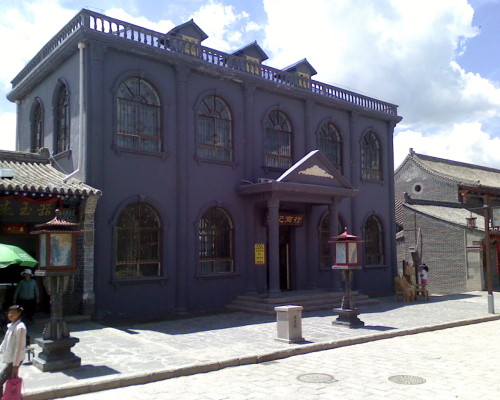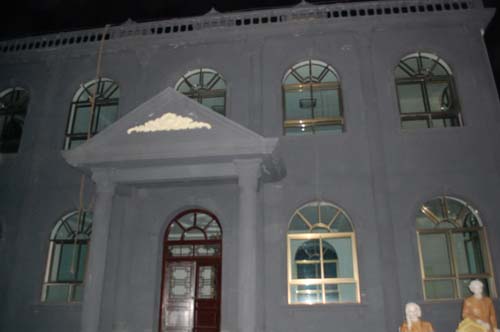
|
Overview of Dan Geer Foreign Firm and Xiejia Trade |
||||||||||||||||
In Jiaqing and Daoguang years the Dan Geer ethnic trade is brisk with an annual trade volume of 2.5 million taels of silver.At that time,the wool、hide、medicinal materials、Halite、boracium、plumbum and sulfur from  pastoral areas like Tibet were all gathered in Dan Geer.And merchants from Beijing、Tianjin、Shanxi、Shaanxi、Sichuan and Hubei all came to Dan Geer in streams,bringing the tea、sugar、cloth and? chinaware.Every year,the gross import was as much as 1.2 million taels of silver.Moreover,the native living goods like grain、oil、 ironware、copper ware、wood and boots could be found. pastoral areas like Tibet were all gathered in Dan Geer.And merchants from Beijing、Tianjin、Shanxi、Shaanxi、Sichuan and Hubei all came to Dan Geer in streams,bringing the tea、sugar、cloth and? chinaware.Every year,the gross import was as much as 1.2 million taels of silver.Moreover,the native living goods like grain、oil、 ironware、copper ware、wood and boots could be found. 噶尔In Guangxu years,trade was very inconvenient as goods were concentrated in the towns where Mongols and? Tibetan dominated,and as people and livestock all gathered in towns.In addition,coming to Dan Geer for the first time,foreign firms and inland merchants knew nothing about the Mongolian and Tibetan languages,so business was hard to be started.For this reason,the monging who spoke both  the two languages emerged,forming the "Xiejia" industry. the two languages emerged,forming the "Xiejia" industry.In late Qing Dynasty and early Republic of China,there were 48 "Xiejia" with different scales for different capital.They were enthusiastic with the business negotiations and necessity procurement of the Mongols and Tibetan,which not only was benefit for themselves,but also had made contributions to the development of the ethnic trade and to the prosperity of the market. |
|||||||||||||||||
 |
 |
|||
 |
||||